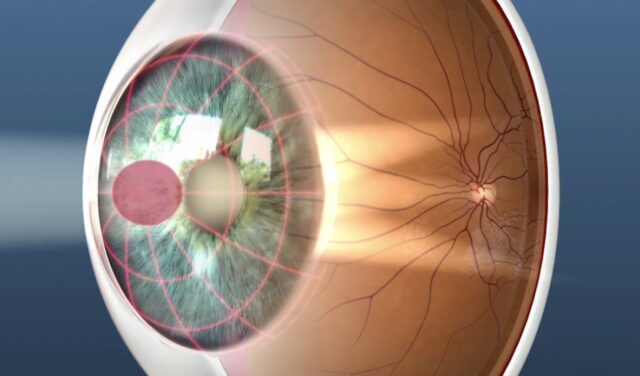
If you are one of the millions who suffer from astigmatism, you may wonder what lens is best for correcting your vision. Many different types of lenses are available on the market, and it can be difficult to decide which one is right for you. This blog post will discuss the different types of lenses available and help you decide which one is best for correcting your astigmatism.
Let’s get started.
About Astigmatism
Astigmatism is a refractive error that occurs when the eye cannot focus light evenly on the retina. This results in blurred vision. Astigmatism can occur in both nearsightedness and farsightedness and is usually caused by an irregularity in the shape of the cornea.
There are two types of Astigmatism- myopic and hyperopic. Myopic Astigmatism occurs when the cornea is too curved, and light focuses in front of the retina.
Hyperopic Astigmatism occurs when the cornea is too flat, and light focuses behind the retina. Astigmatism usually occurs in combination with either myopia or hyperopia. Click on https://www.contactlenses4us.com/torics-for-astigmatism/ to get the perfect lens to correct Astigmatism.
When to Use Contact Lenses for Astigmatism?
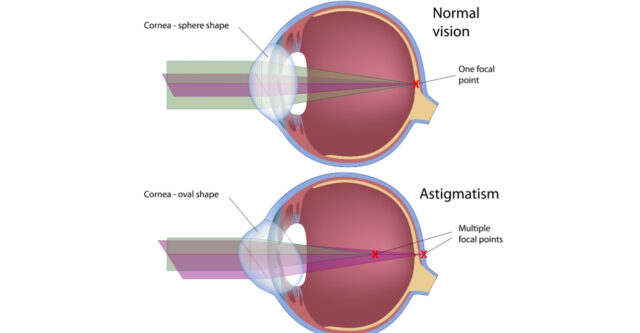
A person with astigmatism typically has blurry vision at all distances. This can make everyday tasks such as reading and driving difficult. To correct this, a person with astigmatism may need to use eyeglasses or contact lenses.
The milder astigmatism, the less likely corrective lenses will be needed. It is quite true that children and young people are the ones who suffer from this condition the most.
This is because their eyes are still growing and changing. Their eyes will change shape as they grow older, and astigmatism will lessen or even disappear altogether. Corrective lenses may be needed for a lifetime for those whose eyes do not change shape as they age.
Types of Contact Lenses Used for Astigmatism
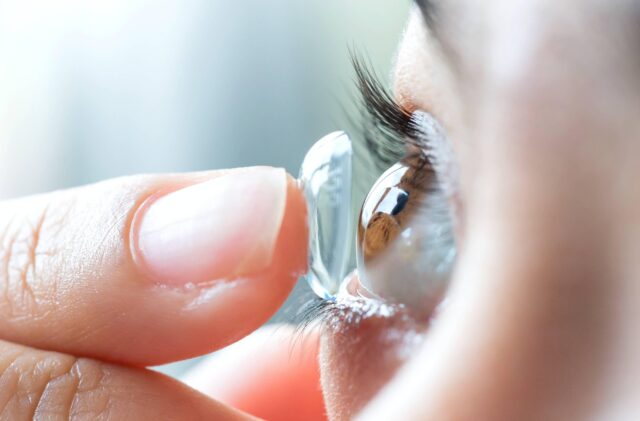
Several types of lenses can be used to correct astigmatism, including:
1. Cylindrical lens
This type of lens is shaped like a cylinder and is used to correct astigmatism by bending the light that passes through it. Cylindrical lenses are available in different strengths, which are measured in diopters. The higher the number of diopters, the stronger the lens. Cylindrical lenses are usually made from rigid gas permeable (RGP) materials or soft contact lenses.
RGP lenses are made from plastic that allows oxygen to pass through them, making them more comfortable to wear than traditional hard contact lenses. Soft lenses are made from a type of flexible plastic that allows oxygen to pass through them and conforms to the shape of your eye.
2. Toric lenses
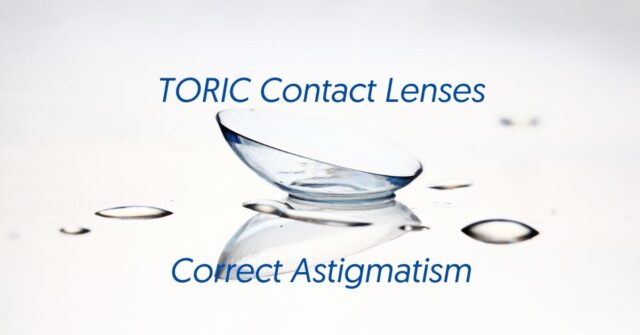
The most common lens to correct astigmatism is a toric lens. Toric lenses are shaped more like a football than a traditional spherical lens. This unique shape helps the lens rotate in your eye to align properly with your cornea, providing you with clear vision.
While toric lenses are very effective at correcting astigmatism, they have some drawbacks. First, they tend to be more expensive because they are more complex than traditional spherical lenses. Additionally, toric lenses can sometimes cause blurry vision at night or look at objects up close.
If you’re considering toric lenses to correct your astigmatism, talk to your eye care professional about the pros and cons to help you make the best decision for your needs.
3. Aspheric lenses
Aspheric lenses are designed to correct higher-order aberrations. They have a more complex surface than regular spherical lenses, which helps to reduce astigmatism and other vision problems. Many different aspheric lenses are available, and the best one for you will depend on your individual needs. If you have astigmatism, your eye doctor may recommend an aspheric lens with a higher power to correct your vision.
Aspheric lenses are made from various materials, including plastic, glass, and polycarbonate. They can be used in both eyeglasses and contact lenses. Aspheric contact lenses are becoming increasingly popular because they provide sharper vision than traditional spherical lenses.
4. Biconvex Lens
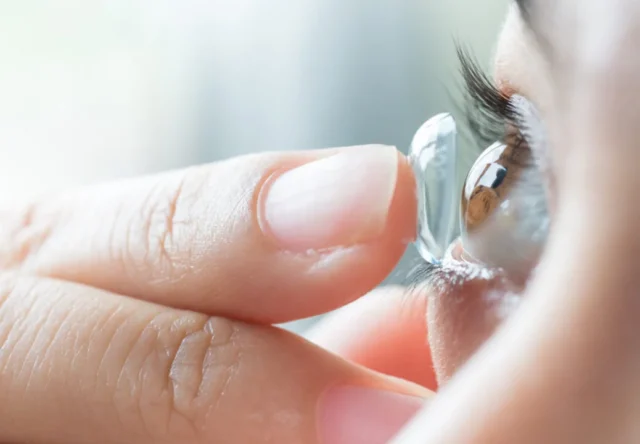
A biconvex lens is a type of corrective lens that is often used to correct astigmatism. The curve of a biconvex lens is such that it helps to refocus light on the retina, which in turn helps to improve vision. There are many benefits to using a biconvex lens to correct astigmatism. For one, biconvex lenses are relatively inexpensive and easy to find. Additionally, they can be easily adjusted if your prescription changes.
A biconvex lens may be the right choice if you’re looking for a simple and effective way to correct your astigmatism. Talk to your eye doctor about whether or not this type of lens would be a good fit for you.
5. Concave Lens
The concave lens is the most popular lens used to correct astigmatism. This is because it can correct both nearsightedness and farsightedness. The concave lens works by bending the light that enters the eye. This helps to focus the light on the retina, which is responsible for sending signals to the brain. There are two main types of concave lenses: spherical and aspheric.
Spherical lenses are the most common type of lens used to correct astigmatism. Aspheric lenses are not as common, but they are often used in combination with other lenses to provide better vision correction. Both types of lenses have their advantages and disadvantages.
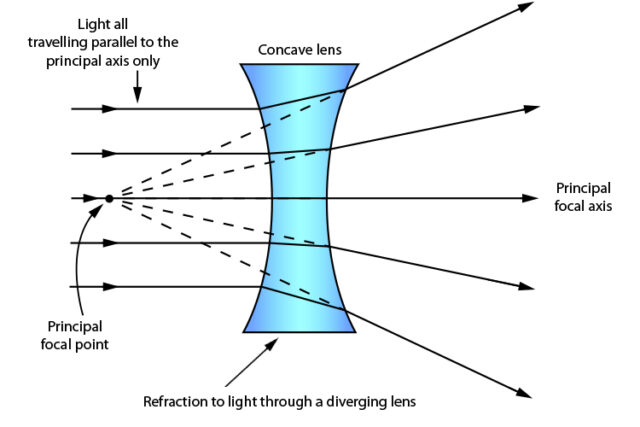
Contact Lens Safety Tips
Here are a few tips:
- Wash your hands with soap and water before handling your lenses.
- Use a clean case every time you put your lenses away. Rinse it out with a new solution and air dry it between uses.
- Don’t “top off” the old solution in your case. Throw it away and start fresh each time you use your lenses. This will help prevent the build-up of bacteria.
- Replace your contact lens case every three months or sooner if it becomes cracked or damaged.
The Bottom Line
Several different types of lenses can be used to correct astigmatism, but the most effective type of lens is an aspheric lens. Aspheric lenses are specially designed to reduce the amount of distortion in your vision, and they can also help to improve your overall vision quality. If you have astigmatism, talk to your eye care professional about whether aspheric lenses would be a good option.







